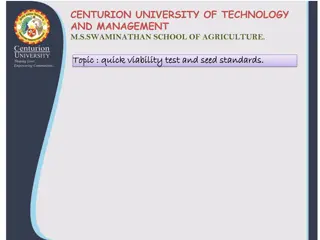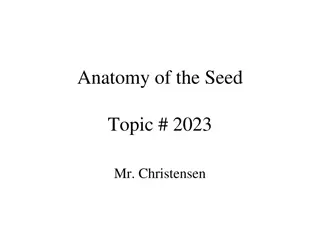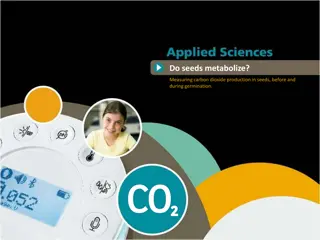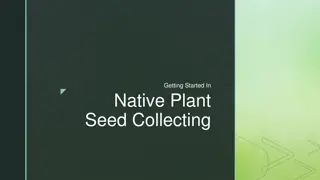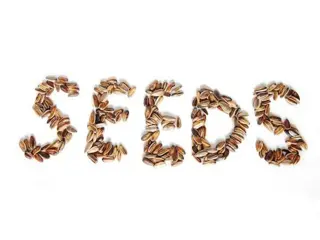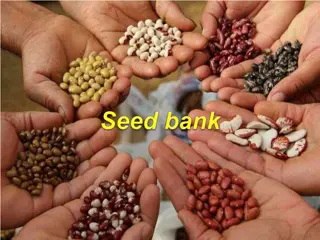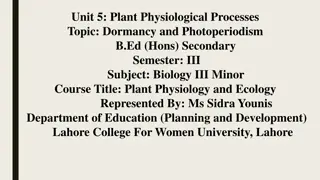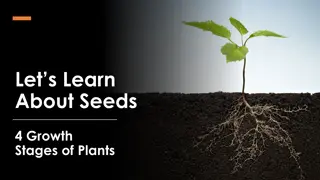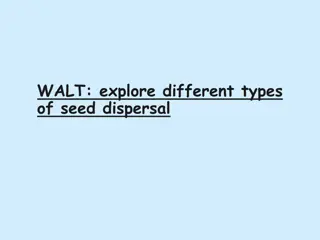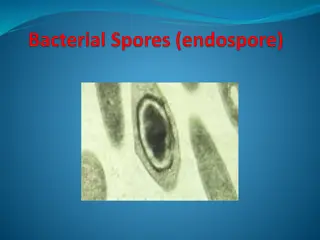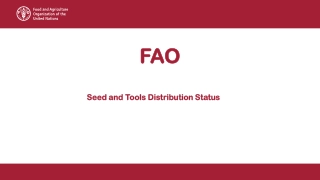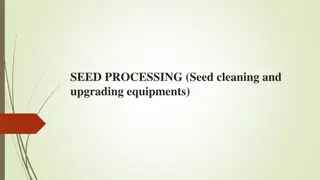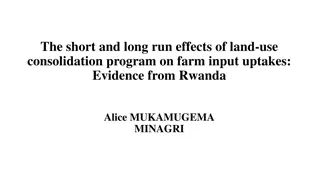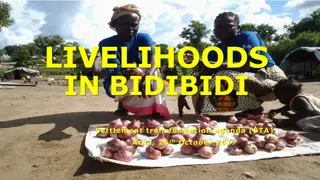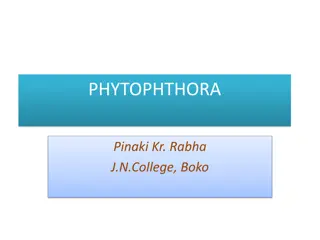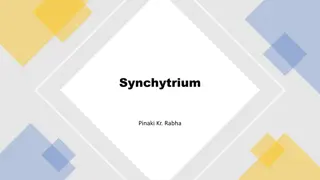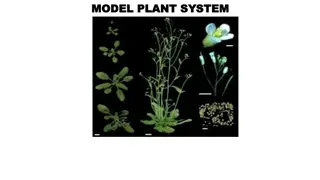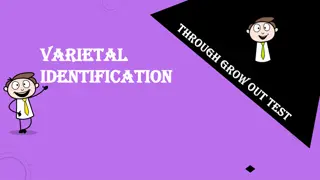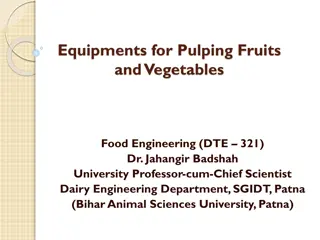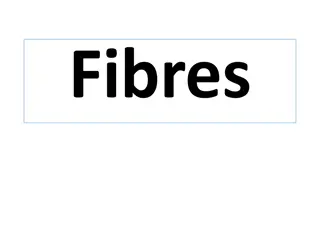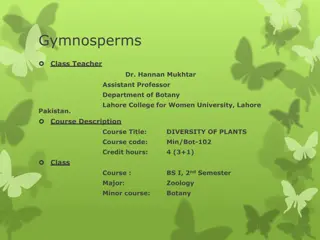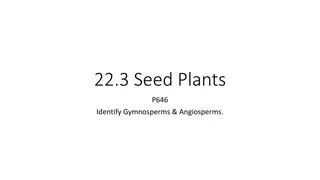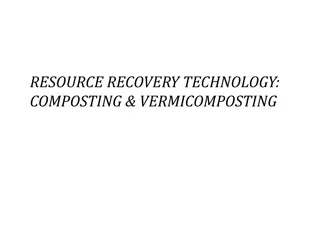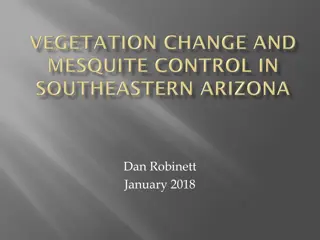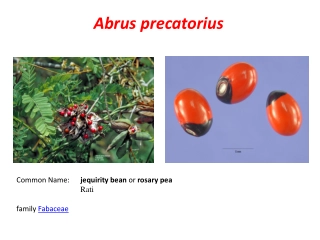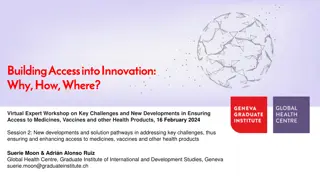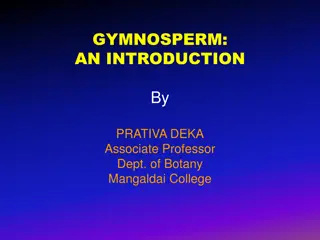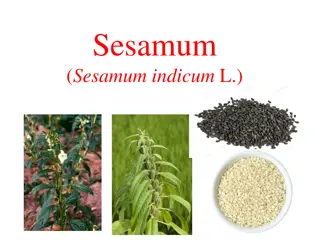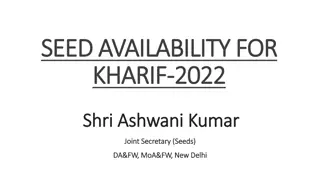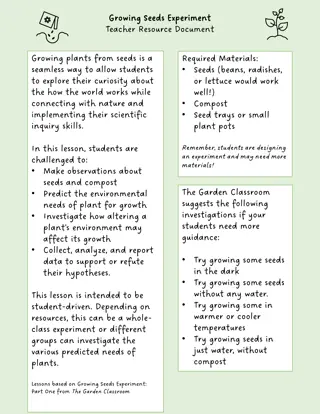Understanding the Germination Process in Seeds
Explore the fascinating process of seed germination, from identifying seed parts to understanding the factors influencing growth. Delve into activities highlighting the essential components for successful germination, including air, water, warmth, and soil. Unravel the stages of germination and how different seeds require unique conditions for optimal growth.
Download Presentation

Please find below an Image/Link to download the presentation.
The content on the website is provided AS IS for your information and personal use only. It may not be sold, licensed, or shared on other websites without obtaining consent from the author. Download presentation by click this link. If you encounter any issues during the download, it is possible that the publisher has removed the file from their server.
E N D
Presentation Transcript
Learning Outcomes To identify the parts of seed and describe their functions. To deduce the necessary factors for germination of seeds. To explain that different types of seeds take different time to germinate. To differentiate between the different stages of germination.
Activity-1 (Parts of a Seed ) Why do we sow seeds for growing new plants? _______________________ What parts of a seed help it to grow into a new plant? ________________________ How many parts does a seed have? _______________________
Activity Discussion The external parts of a seed include- Seed Coat-It protects the inner parts of the seed. Hilum- It marks the point where the seed was attached to its pod. Water enters the seed through hilum. The inner parts of the seed include- Cotyledons-It store food and provide nourishment to the germinating seedling. Embryo- It is the baby plant attached to the cotyledons. It has two parts- radicle ( baby root) & plumule ( baby shoot)
Activity-2( Germinating Seeds) Observe the seeds kept in both the jars. Why pulses kept in an airtight container do not sprout? What conditions help the seeds to germinate? _______________________ _______________________ _______________________
Activity Discussion Factors affecting germination are air, water and warmth. All seeds need adequate amount of air, water and right temperature for germination. Although light is not a necessary factor for germination, most seeds require sunlight to grow well. Soil also plays an important role in germination, though it is not essential for germination.
Activity Discussion After germination, plants require soil for getting water and nutrients. The amount of time it takes for a seed to germinate depends on- The type of seed How it is sown The type of soil and local climate where it is sown
Activity-3(stages of Germination) How does a seed germinate? ________________________________________________________________________________ What happens first? ________________________________________________________________________________ How is the root formed? _________________________________________________________________________________ How is shoot formed? ________________________________________________________________________________ What happens to the cotyledons? ________________________________________________________________________________ How does it form a seedling? ________________________________________________________________________________
Activity Discussion The stages of germination are- The seed absorbs water and the seed coat bursts. The redicle comes out and anchors the seed to the soil. It grows and form the primary root. The plumule then emerges out of the seed as leaves, and the stem straightens up. The leaves start making food for the plant. The cotyledons become dry and fall off.
New Terms Dormant Exterior Inhibits Optimum Scar - in a state of inactivity - outer -restricts -most suitable - a mark Weblink-http://www.youtube.com/watch?v=ro8Z9qIlwjM
Plenary/Recap Most plants have seeds. The seed is the part that grows into a new plant. Germination is the process by which a dormant seed begins to sprout to grow into a seedling under appropriate conditions. The radicle and the plumule are visible only when the seed starts growing into a baby plant. Seeds having two cotyledons are called dicotyledons. Seeds having one cotyledon are called monocotyledons.
Assignment Practice Questions Define germination. State the function of seed coat and cotyledon. How is radicle and the plumule different? Is light an essential condition for germination? Why or why not? Why do we plant seeds in the soil even though they do not require it to germinate? Why do different seeds take different amount of time to germinate? Draw a diagram to show the stages of germination.
Next Class---- Block-2 Growing New Plants Growing Plants Without Seeds Vegetative Propagation Seed Dispersal Agents of seed Dispersal


